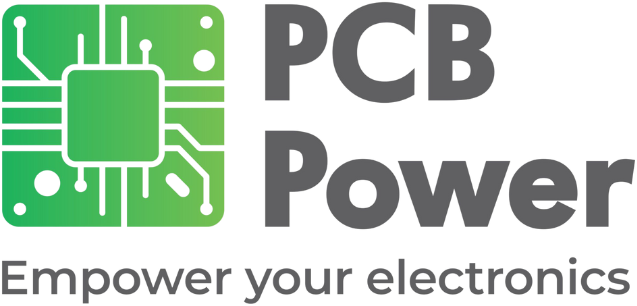
How to Generate a Pick and Place File for PCB Assembly
Whether you're a design engineer, hobbyist, or startup preparing for PCB manufacturing, understanding how to generate a Pick and Place (PnP) file is crucial. This file is a blueprint for automated assembly machines to accurately place components on your PCB. In this guide, we’ll walk you through the basics, standard file formats, and how to generate PnP files from popular PCB design tools.
What Is a Pick and Place File?
A Pick and Place file (also known as a centroid file or XY file) contains the exact coordinates and orientation of each surface-mounted device (SMD) on your PCB. It typically includes:
- Reference designator (e.g., R1, C2)
- X and Y coordinates (usually in mm or mil)
- Rotation angle
- Layer (Top or Bottom)
These files are essential for automated SMT (Surface Mount Technology) assembly, ensuring each component is placed with precision.
Common Formats for Pick and Place Files
Most manufacturers accept files in the following formats:
- .CSV – Comma Separated Values
- .TXT – Text format with tab or space delimiters
- .XY – Standard centroid format
- .POS – Position files (common in KiCad)
- .XLS / .XLSX – Excel spreadsheet format
Be sure to check your assembly partner’s format preferences before exporting. For example, PCB Power accepts .csv and .xls / .xlsx formats.
How to Generate Pick and Place Files in Popular CAD Software
1. Altium Designer
- Go to File > Assembly Outputs > Generate Pick and Place Files
- Choose units (mm or inches) and file format
- Export Top and Bottom side files separately if needed
2. KiCad
- Open PCB Editor
- Go to File > Fabrication Outputs > Footprint Position (.pos) File
- Choose layer, units, and format
- Save the file for each side of the board
3. Autodesk Eagle
- Open your .brd board file.
- Go to File > Export > Mount SMD
- Eagle creates separate files for top (.mnt) and bottom (.mnb) SMD placements
4. OrCAD / Allegro
- Go to File > Export > Placement File
- Select side and format
- Export files typically used by high-volume EMS providers
5. EasyEDA
- Go to Fabrication > Pick and Place
- Automatically generates a .CSV file
- Includes layer, rotation, and coordinates
6. DipTrace
- Navigate to File > Export > Pick and Place
- Select format and reference design origin
7. DesignSpark PCB
- Open the PCB layout
- Go to Output > Reports > Component Placement Report
- Save as .CSV and verify coordinate system
8. CircuitMaker
- Similar to Altium; use Assembly Outputs > Generate Pick and Place Files
9. Proteus
- Go to Output > Pick and Place
- Adjust reference origin and side options before export
Tips for a Clean Pick and Place File
- Always double-check the reference origin (ideally from bottom-left of the PCB).
- Ensure rotation angles match IPC standards (e.g., 0° = pin 1 at bottom-left).
- Use consistent units (mm preferred).
- Export separate files if you have components on both sides of the board.
- Verify the file in a spreadsheet before sending it to the assembler.
Final Thoughts
A well-formatted Pick and Place file reduces back-and-forth with your PCB assembler and helps ensure accurate component placement—especially critical in fine-pitch or high-density designs. Most modern CAD tools make this export process simple, but taking time to validate the file can save costly errors on the assembly line.
Need Help With Assembly?
If you’re working on a prototype or production run and need support with turnkey PCB assembly, PCB Power is here to help.
Contact us:
India – [email protected]
Global– [email protected]
Get an instant quote today for your next PCB manufacturing project



